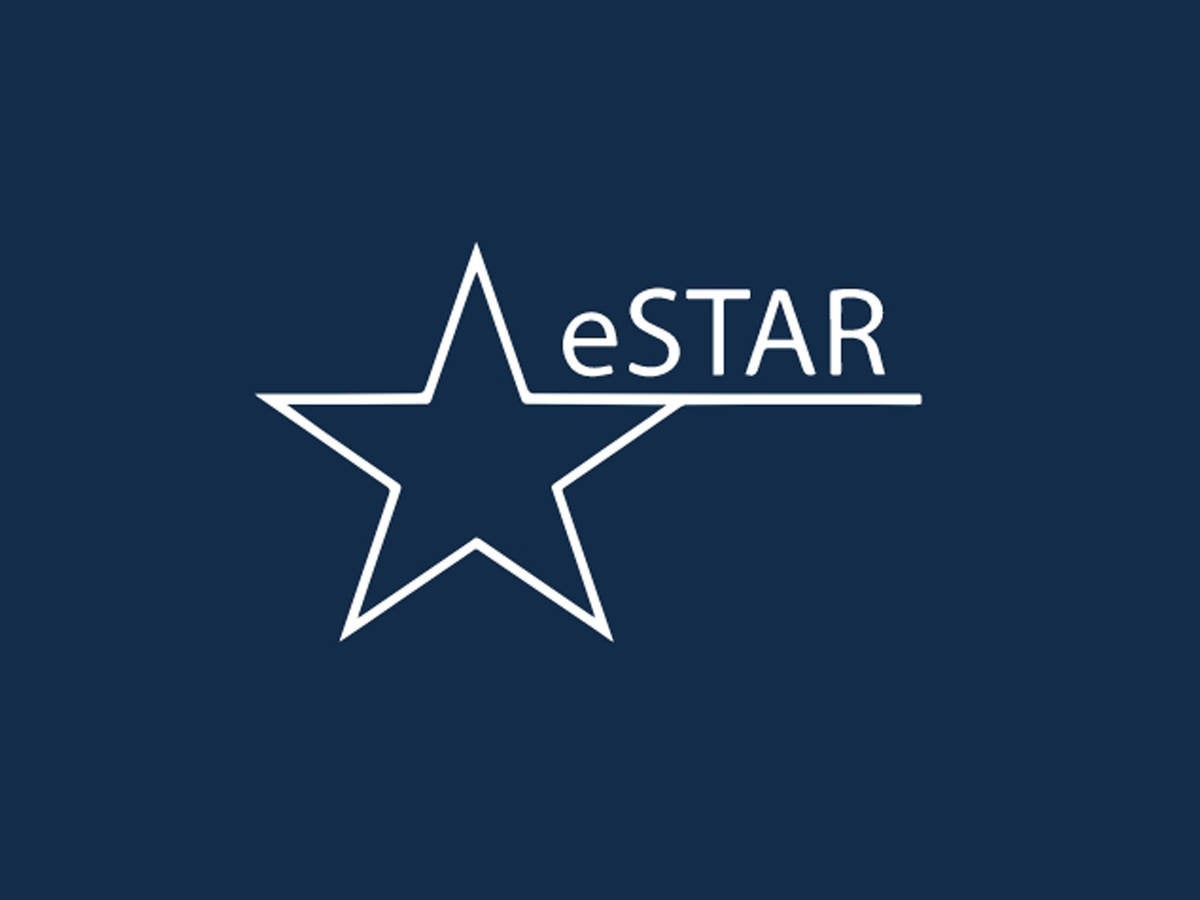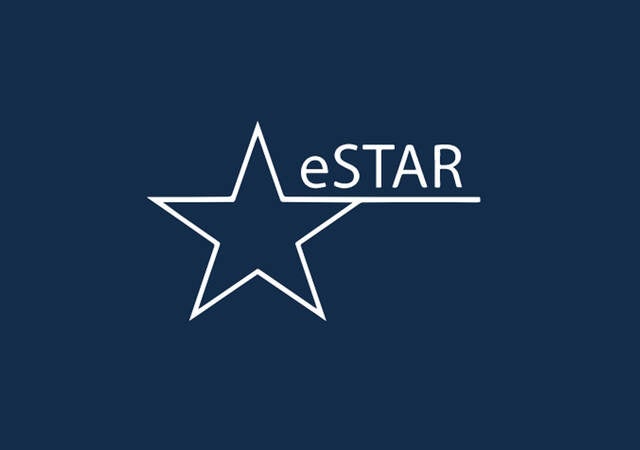October 17, 2023
By Sarah Fitzgerald and Evangeline Loh
The same week that eSTAR became compulsory for all 510(k)s submitted to the US Food & Drug Administration (FDA), several sessions at RAPS Convergence focused on or discussed eSTAR requirements. In the penultimate session on the topic (Thursday October 5), Patrick Axtell Ph.D., FDA, was among the speakers presenting (virtually) to a standing-room-only crowd.
In Emergo by UL’s continuing coverage of the conference, we share the highlights.
Background on eSTAR
eSTAR consists of two templates. One is intended for medical devices and the other for in vitro diagnostic (IVD) devices. eSTAR is intended to align with the content and structure of the FDA CDRH internal review templates, and therefore to reduce the burden on FDA reviewers as well as to provide a standard template for the industry.
eSTAR is a dynamic PDF that includes logic and automation. The Frequently Asked Questions (FAQ) section is intended to help guide the industry to helpful information based on questions received by the FDA. By clicking on a small “+” sign at the bottom, it expands to include more information.
Throughout the template, there are blue help text buttons on the right-hand side of various sections. Clicking on these brings about a pop-up that provides additional information and, in many cases, a link to relevant FDA guidance.
eSTAR utilizes a number of different features to input information including checkboxes, drop-down menus, text boxes and the ability to add attachments. It is important to note that text boxes cannot include any formatting, such as bullets, indents, italics or tables. Therefore, for complex information where formatting is necessary, this is best provided in the attachments.
Dr. Axtell described it as a self-contained package.
eSTAR versions and the October 1, 2023 deadline
The eSTAR is version-controlled: major revisions are whole number changes (before the decimal point, such as 4.0). Minor version changes are after the decimal point. Dr. Axtell reminded the audience that any version of the eSTAR template can be submitted. It is recommended that the most recent version of eSTAR be submitted to reduce the likelihood or number of questions in requests for additional information (AI).
Of particular note, responses to AIs only need to be completed in eSTAR if the 510(k) was submitted after October 1.
For more background on eSTAR, consult Emergo by UL’s recorded webinar. Please note that an older version of eSTAR was presented.
Technical screening replaces the acceptance / refuse-to-accept screening
eSTAR has eliminated the standard Refuse-to-Accept (RTA). However, Dr. Axtell explained that the FDA reviewer would perform a Technical Screening (TS) within the first 15 days which is similar to an RTA and is intended to ensure the completeness and general accuracy of the eSTAR template responses and the first attachment (cover letter) for relevance without being a detailed review.
As with an RTA, the company would have 180 calendar days to respond to a TS hold.
eSTAR application jurisdictions
The eSTAR identifies only two jurisdictions, the U.S. FDA and Health Canada (HC). Dr. Axtell reminded the group that HC is only enabled for the HC pilot which commenced in January.
At the end of the session, an update on the HC pilot was shared. The pilot started with nine participants working toward a US FDA Class II 510(k) and an HC Class III or IV Medical Device License (MDL). One had to exit, for eight submissions currently in the HC pilot. Thus far, two manufacturers have both their US FDA 510(k) cleared and HC MDLs authorized in this pilot.
Dr. Axtell alluded to the use of eSTAR as the global regulatory submission template. eSTAR 4.0 includes placeholder XML Extensible Markup Language for future regions, specifically in relation to the International Medical Device Regulators Forum (IMDRF) jurisdictions.
Future expectations of eSTAR with the FDA
eSTAR currently is required for 510(k) and is optional for de novo submissions. The FDA has indicated that they intend to make eSTAR available for Premarket applications (PMAs) in the future.
The same sort of dynamic PDF which includes logic and automation is currently in a beta version and acceptable for use for pre-submission Q-submissions (pre-subs). The FDA further intends to make eSTAR available for additional submissions made before a marketing submission.
Concluding remarks
The eSTAR template is now required for 510(k)s submitted to the FDA and should be considered for de novo submissions as the hope is to reduce FDA review time and reduce AI questions to the industry. There is now a beta version preSTAR template that may be used for pre-subs. Both are expected to increase in scope and jurisdiction in the coming years. In addition, the IMDRF is still working on eSTAR as the global regulatory submission template.
Emergo by UL will continue to monitor and provide relevant updates regarding eSTAR as well as developments with the use of eSTAR as the template for global regulatory submissions.
Sarah Fitzgerald is Senior Consultant, Quality and Regulatory Affairs and Evangeline Loh is Global Manager, Regulatory Affairs at Emergo by UL.
Request more information from our specialists
Thanks for your interest in our products and services. Let's collect some information so we can connect you with the right person.






